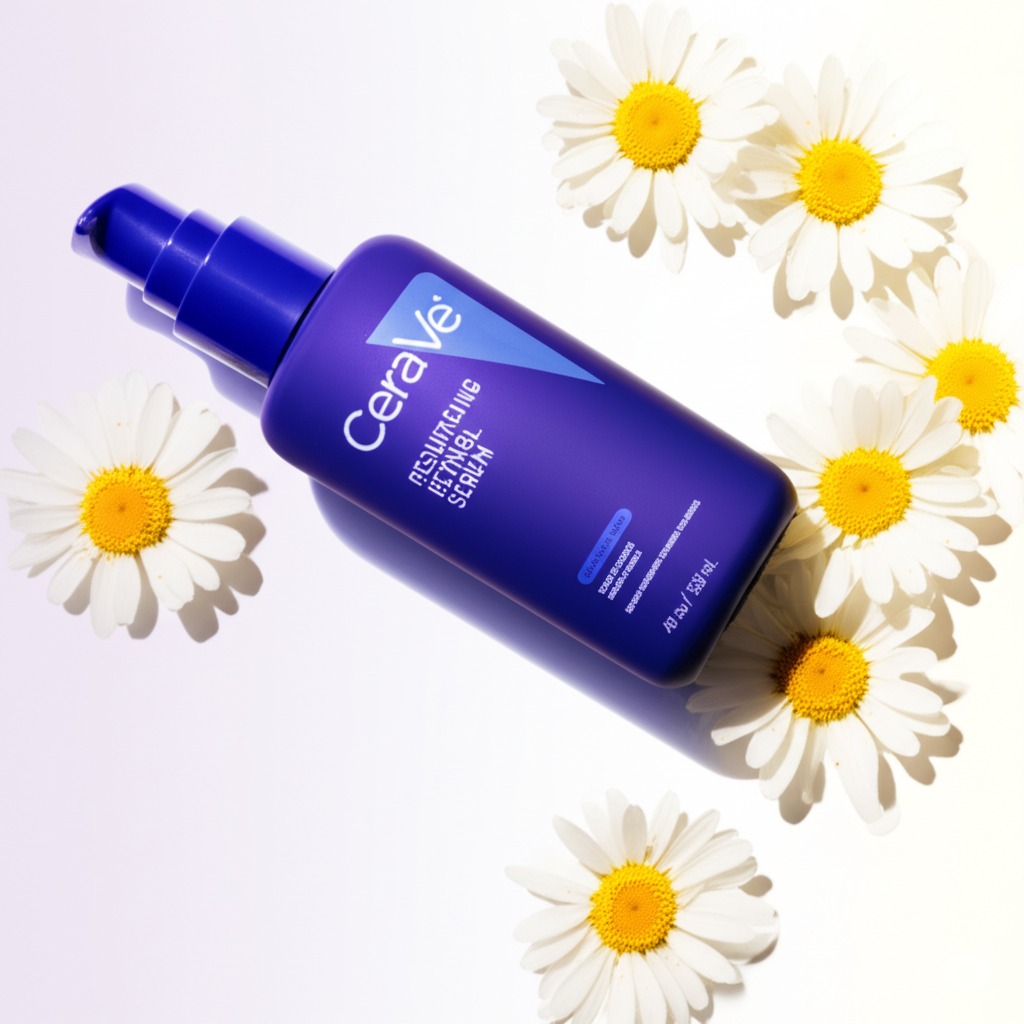If there’s one ingredient that truly deserves the title of “skincare superstar,” it’s retinol. Known for its anti-aging, acne-fighting, and skin-smoothing powers, retinol has gained massive popularity. But not all retinol products are created equal. That’s where resurfacing retinol serums come in—designed specifically to enhance skin texture and tone while minimizing irritation. Resurfacing Retinol Serum
Let’s take a deep dive into how this magic-in-a-bottle works and whether it’s the glow-up tool your routine has been missing.
What Is Retinol?
Retinol is a vitamin A derivative that speeds up skin cell turnover. It’s less intense than prescription-strength retinoic acid but still powerful enough to address multiple concerns like acne, wrinkles, and dark spots.
Retinol vs Retinoids:
Retinoids = prescription-strength (like tretinoin)
Retinol = over-the-counter and gentler
Retinal = one step closer to active form, slightly stronger than retinol
What Does “Resurfacing” Mean in Skincare?
The term “resurfacing” refers to the process of removing or renewing the outer layers of skin to reveal a smoother, more even surface underneath.
Think of it as a gentle exfoliation without the scrubbing — retinol tells your skin cells to refresh faster, shedding the old and welcoming the new.
Why Use a Resurfacing Retinol Serum?
Here’s why you might fall in love with it:
Boosts Cell Turnover
Your skin naturally sheds dead cells, but as you age or deal with breakouts, that process slows. Retinol kicks it back into gear, which helps with everything from acne to dullness.
Reduces Fine Lines & Wrinkles
Retinol boosts collagen production, which plumps the skin and minimizes wrinkles over time.
Fades Hyperpigmentation
Whether it’s sun spots, post-acne marks, or melasma, resurfacing retinol serums can help even out skin tone.
Improves Skin Texture
Rough patches, tiny bumps, or pitted scars? Retinol smooths them out with consistent use.
How It Works on Different Skin Types
Oily/Acne-Prone Skin
Retinol helps unclog pores, reduce oiliness, and prevent breakouts. It also tackles post-acne dark spots.
Dry or Sensitive Skin
Gentler formulas (or encapsulated retinol) can work well if introduced slowly. Always pair with a hydrating moisturizer and avoid other strong actives initially.
Mature Skin
Age-related concerns like sagging, uneven texture, and deep lines can all benefit from long-term retinol use.
Ingredients That Complement Retinol
To reduce irritation and maximize results, many resurfacing serums include:
Hyaluronic Acid – Boosts hydration
Niacinamide – Soothes inflammation
Peptides – Help rebuild skin structure
Ceramides – Support the skin barrier
Choosing the Right Resurfacing Retinol Serum
Start low and go slow!
Beginner Strengths: 0.25% – 0.3%
Intermediate: 0.5%
Advanced: 1%
Look for:
Fragrance-free
Non-comedogenic
Encapsulated or time-released formulations (gentler on skin)
How to Use Resurfacing Retinol Serum Safely
Here’s a foolproof way to apply it:
1. Cleanse your face
Use a gentle, hydrating cleanser.
2. Dry your face
Wait 100% until dry to reduce irritation.
3. Moisturize first (optional)
Use the “retinol sandwich method” (moisturizer → retinol → moisturizer) if you’re a beginner.
4. Apply a pea-sized amount
Less is more with retinol.
5. Follow with moisturizer
Always lock in hydration after.
Retinol Purging: What’s Normal and What’s Not?
What is it?
A temporary flare-up of breakouts as clogged pores come to the surface faster.
How long does it last?
Usually 2–4 weeks, depending on your skin type and previous routines.
How to manage it:
Don’t quit too soon!
Use soothing products (niacinamide, aloe)
Moisturize generously

When Will You See Results?
Weeks 1–2: Possible dryness, flakiness
4–6: Skin starts to look smoother
Weeks 8–12: Fewer breakouts, more even tone
3+ months: Wrinkles soften, pigmentation fades
Top Resurfacing Retinol Serums in 2025
1. CeraVe Resurfacing Retinol Serum
Ideal for acne-prone skin
Includes niacinamide + ceramides
2. The Ordinary Retinol in Squalane
Budget-friendly
Comes in 0.2%, 0.5%, and 1% strengths
3. Murad Retinol Youth Renewal
Time-released retinol
Great for anti-aging and dry skin
4. Paula’s Choice 1% Retinol
High potency
Includes licorice root to calm redness
5. Sunday Riley A+ Retinoid Serum
Advanced formula with CoQ10 and botanical extracts
Common Retinol Mistakes
Using too much too soon
Mixing with acids or exfoliants
Forgetting sunscreen (BIG no-no!)
Not moisturizing enough
Giving up too early
Debunking Retinol Myths
Myth: It thins your skin
Truth: Retinol thickens the skin over time by boosting collagen.
Myth: You can’t use it in summer
You can—just wear SPF 50+ and avoid midday sun.
Myth: It’s only for aging skin
Nope! Retinol helps acne, pigmentation, texture, and oiliness at any age.

Retinol for Men – Yes, It Works Just As Well
Male skin tends to be thicker and oilier, which responds great to retinol. Look for lightweight, fragrance-free options and apply them at night after shaving.
Final Thoughts – Is Resurfacing Retinol Serum Worth Adding to Your Routine?
Absolutely. If you’re looking for a powerful way to improve your skin’s texture, clarity, and resilience, a resurfacing retinol serum is a smart long-term investment.
With proper use, it can genuinely transform your skin — but patience, consistency, and SPF are key.
FAQs
1. Can I use a resurfacing retinol serum every day?
Start 2–3 times per week, then gradually build up to nightly use if your skin tolerates it.
2. Is it okay to mix retinol with vitamin C?
Not in the same routine. Use vitamin C in the morning, retinol at night.
3. When should I apply moisturizer with retinol?
After applying retinol, wait a minute, then follow with moisturizer.
4. How long does the purging phase last?
Typically 2–4 weeks, but this varies. Stick with it unless the irritation is extreme.
5. Can I use retinol in summer?
Yes, make sure to double down on SPF and avoid excessive sun exposure.

